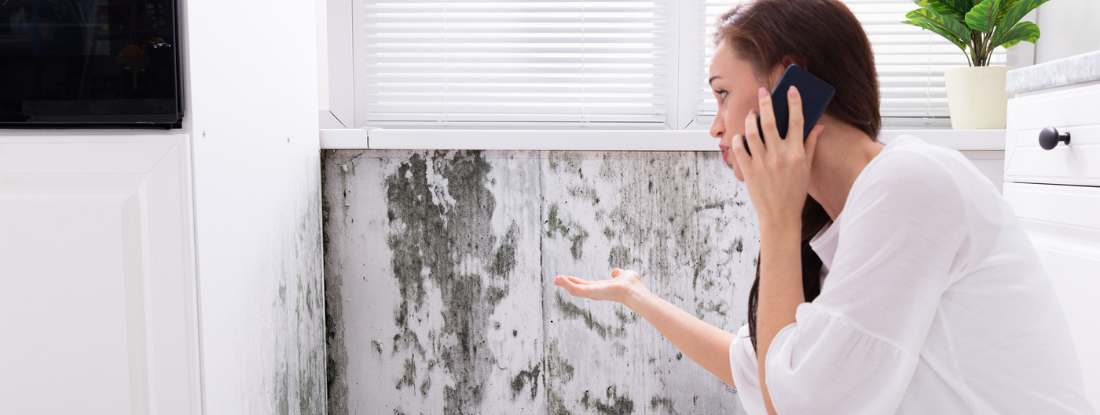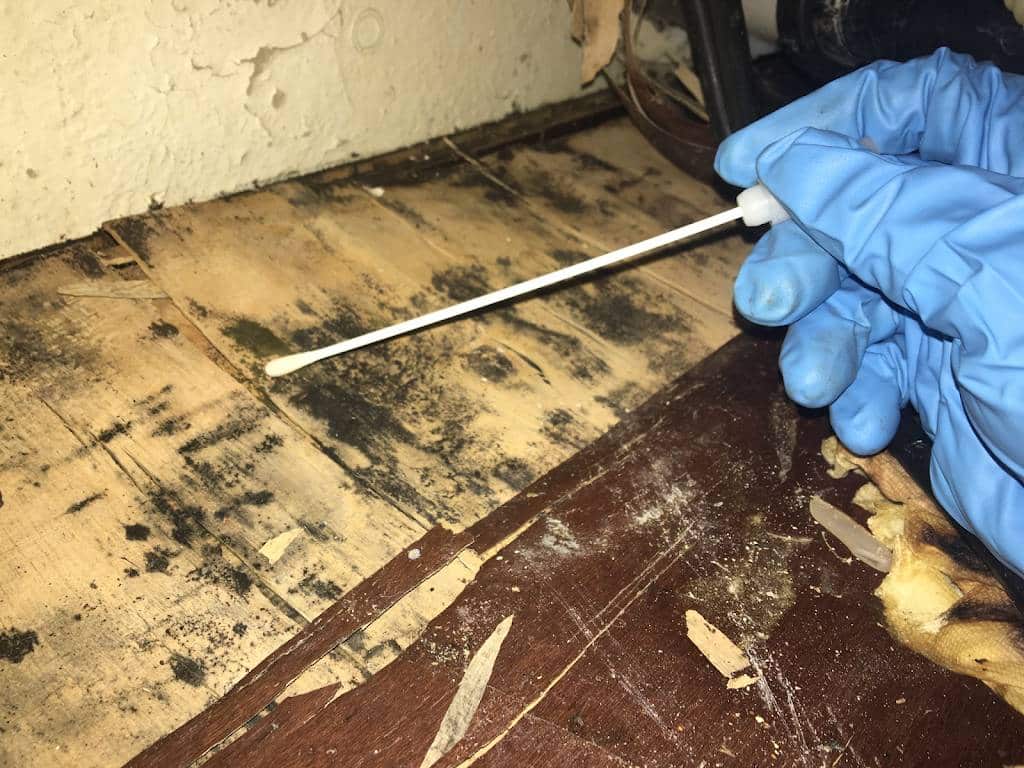Effective Post Mold Remediation Cleaning Protocols
Effective Post Mold Remediation Cleaning Protocols
Blog Article
Your Ultimate Overview to Blog Post Mold And Mildew Remediation Methods
Browsing the realm of post-mold remediation strategies is a careful process that requires attention to information and a detailed understanding of the complexities entailed. In the consequences of mold invasion, knowing just how to efficiently eradicate the mold and mildew and avoid its reoccurrence is paramount for keeping a healthy indoor atmosphere. From selecting the appropriate cleaning and disinfecting methods to carrying out techniques for lasting mold avoidance, each step in the removal journey plays an important duty in making certain a successful end result. As we start this expedition of post-mold remediation strategies, we will reveal the key approaches and finest practices that can assist you recover your area to its pre-mold problem and protect it versus future mold hazards.
Understanding Post-Mold Removal Refine
After finishing the mold and mildew remediation procedure, it is important to comprehend the post-mold removal methods that are required to guarantee a complete and efficient cleanup. Once the mold and mildew has actually been eliminated, the next step involves cleaning and disinfecting the affected locations to avoid any kind of regrowth of mold and mildew. This consists of making use of specialized cleaning up agents to wipe down surfaces and eliminate any kind of continuing to be mold and mildew spores. It is necessary to dry out the area completely to inhibit the growth of mold in the future (Post Mold remediation cleaning). Proper air flow and dehumidification can assist in this process.
Furthermore, performing a last examination post-remediation is vital to ensure that all mold has actually been efficiently removed. If the assessment exposes any type of lingering mold, added removal may be necessary.
Effective Cleansing and Disinfecting Approaches

Preventing Future Mold Growth

Importance of Correct Ventilation
Proper air flow plays an important role in preventing click here to read dampness buildup, a vital aspect in mold development within indoor settings. Effective ventilation systems aid eliminate excess humidity from the air, minimizing the chances of mold and mildew spores finding the dampness they need to spread out and germinate. Without check out here ample ventilation, interior areas can come to be a breeding place for mold and mildew, causing prospective health and wellness threats and architectural damage.
By making certain appropriate air blood circulation, ventilation systems can likewise aid in drying out damp areas extra quickly after water damage or flooding cases, even more preventing mold growth. Post Mold Remediation. Precede like shower rooms, basements, kitchen areas, and attic rooms where wetness levels have a tendency to be higher, setting up and keeping efficient ventilation systems is crucial in protecting against mold and mildew infestations

Tracking and Upkeep Tips
Provided the vital role that appropriate ventilation plays in preventing mold and mildew development, it is imperative to develop efficient monitoring and upkeep tips to make sure the ongoing performance of ventilation systems. Surveillance humidity degrees within the home is additionally vital, as high humidity can contribute to mold and mildew growth. By remaining mindful and proactive to the condition of ventilation systems, property proprietors can properly mitigate the risk of mold and mildew regrowth and keep a healthy interior setting.
Final Thought
In verdict, post-mold removal methods are necessary for making sure a tidy and safe atmosphere. Comprehending the process, carrying out reliable cleansing and disinfecting methods, avoiding future mold development, keeping correct ventilation, and normal tracking are all vital actions in the remediation process. By adhering to these guidelines, you can successfully remove mold and mildew and avoid its return, functioning or promoting a healthy living room for all owners.
In the aftermath of mold infestation, understanding exactly how to successfully get rid of the mold and mildew and avoid its reoccurrence is paramount for keeping a healthy indoor setting. Once the mold and mildew has been gotten rid of, the following step includes cleaning and decontaminating the impacted areas to prevent any regrowth of mold and mildew - what to do after mold remediation. After removing noticeable mold and mildew development, it is vital to cleanse all surface areas in the affected area to remove any staying mold spores. To additionally improve mold avoidance steps, it is necessary to resolve underlying concerns that at first led to mold and mildew development.Provided the critical role that correct air flow plays in preventing mold growth, it is vital to develop efficient tracking and maintenance suggestions to make sure the continued functionality of air flow systems
Report this page